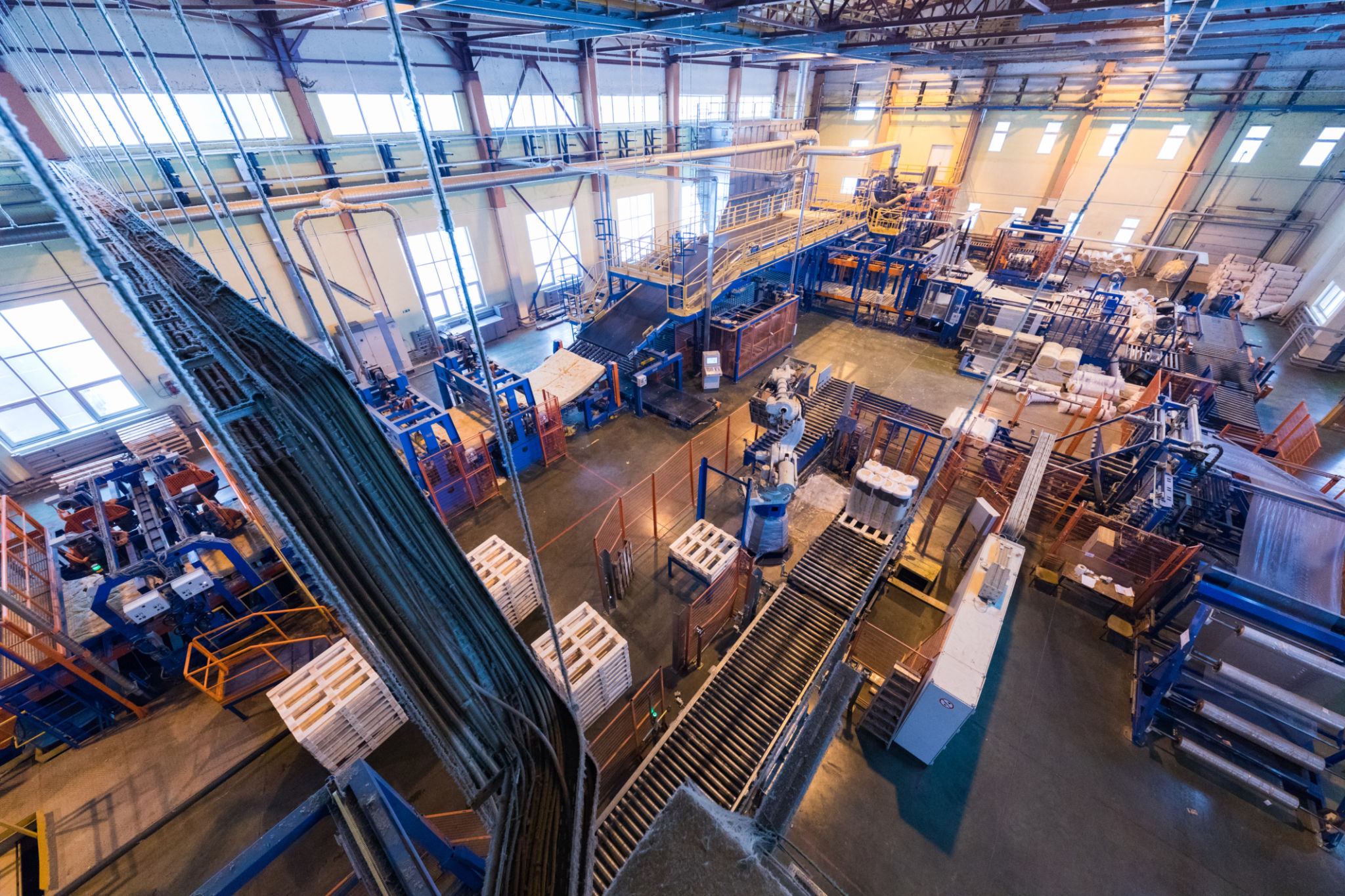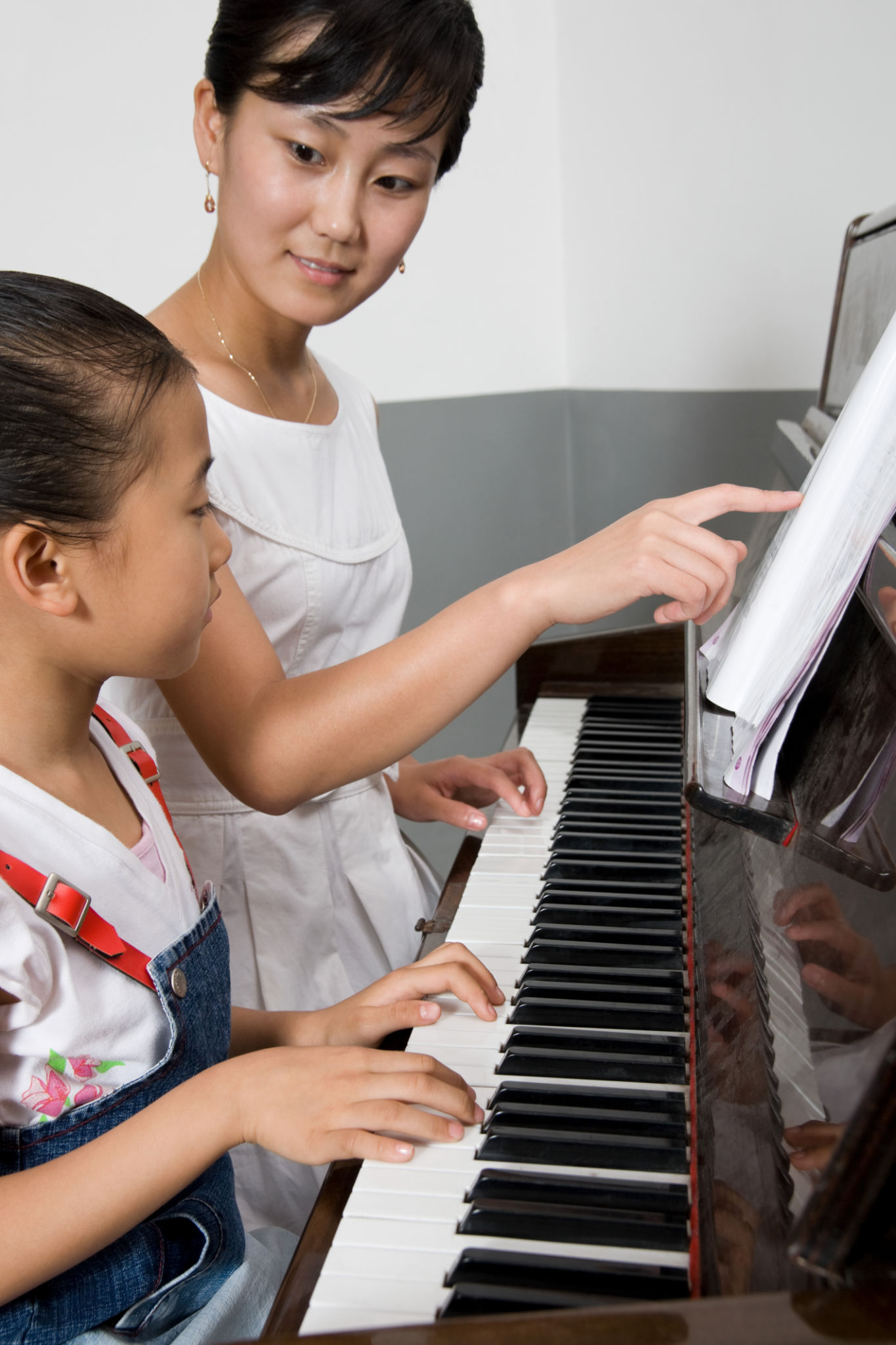Case Study: Transforming a Local Basketball Facility in Denton County
Introduction to the Transformation
In the heart of Denton County, a local basketball facility was on the brink of shutting its doors. With dwindling attendance and outdated amenities, it faced a significant challenge. However, a strategic transformation plan turned it into a thriving community hub. This case study explores the steps taken to revitalize this beloved sports venue.

Identifying the Challenges
The facility's primary challenge was its inability to attract new visitors. The outdated equipment and worn-out courts were unappealing to potential members. Additionally, the lack of community engagement and marketing efforts meant that many residents were unaware of its existence or potential benefits.
To tackle these issues, a thorough assessment was conducted. The management team identified key areas for improvement, including infrastructure upgrades, enhanced marketing strategies, and community outreach programs.
Implementing Infrastructure Upgrades
One of the first steps in the transformation was to modernize the facility. This included resurfacing the basketball courts, installing new lighting, and upgrading spectator seating. The addition of digital scoreboards and sound systems significantly improved the overall experience for players and fans alike.

Moreover, the facility introduced eco-friendly initiatives, such as energy-efficient lighting and water-saving fixtures. These upgrades not only reduced operational costs but also aligned with the community's growing environmental consciousness.
Developing Effective Marketing Strategies
With a revamped facility in place, the next step was to attract new members. A comprehensive marketing strategy was developed, focusing on both digital and traditional channels. Social media campaigns highlighted the facility's new features, while local newspapers and radio stations spread the word within the community.
The introduction of membership incentives, such as discounted family packages and referral bonuses, played a crucial role in boosting membership numbers. Additionally, partnerships with local schools and sports clubs helped integrate the facility into the community's fabric.

Engaging the Community
Community engagement was pivotal in the facility's transformation. Regular events such as tournaments, workshops, and open days were organized to encourage local participation. These events not only showcased the upgraded amenities but also fostered a sense of belonging among residents.
Moreover, collaborations with local businesses and nonprofits allowed for joint events that further enhanced community ties. By positioning itself as a community-centric venue, the facility gained loyal patrons and advocates.
Measuring Success
The transformation of the Denton County basketball facility has been nothing short of remarkable. Within just a year, membership numbers doubled, and event attendance soared. The facility is now a bustling hub for sports enthusiasts of all ages.
Feedback from members highlights increased satisfaction due to improved facilities and a vibrant community atmosphere. The successful transformation serves as an inspiring example for other local businesses facing similar challenges.

Conclusion
The revitalization of this local basketball facility in Denton County showcases the power of strategic planning and community engagement. By addressing key challenges head-on and fostering strong community ties, what was once an underutilized space is now a thriving center for sports and social interaction. This case study underscores the importance of continuous improvement and innovation in maintaining relevance in any industry.